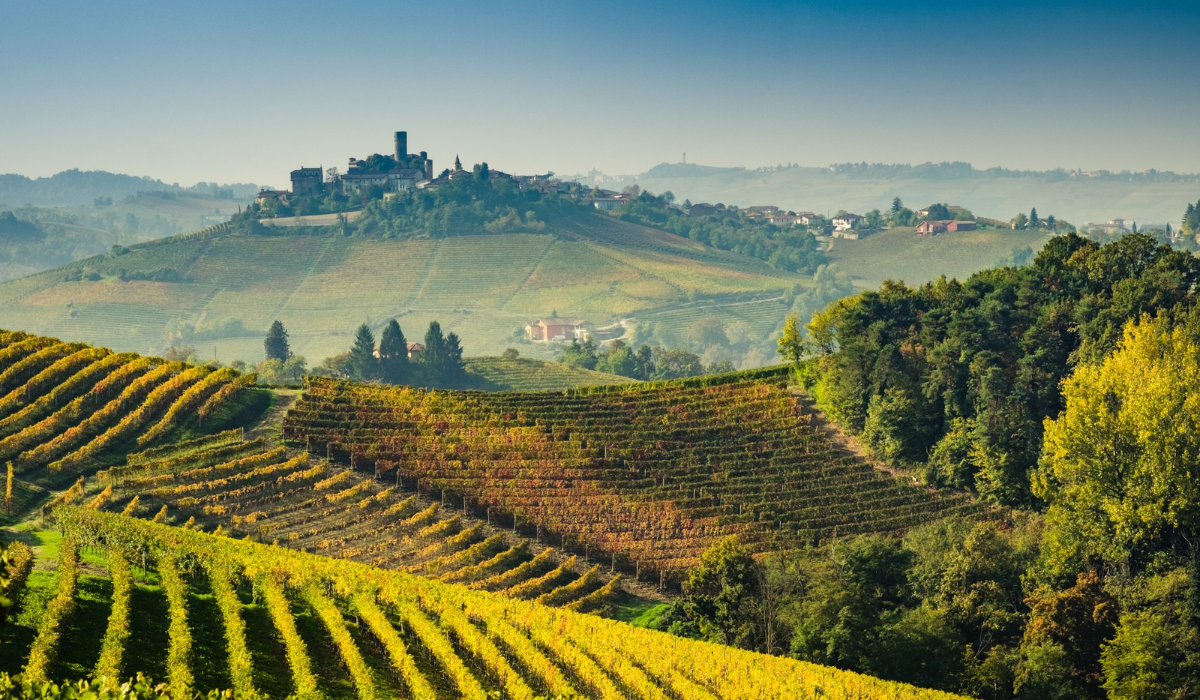In the mid-nineteenth century, in Italy, sparkling wine production was little more than a dream, but on the hills between Monferrato and Langa, someone already thought big and traveled to France to get information and get inspired by wines from beyond the Alps. Carlo Gancia was born in Narzole in 1829 and, in 1848, moved to Reims where he spent a few years, engaged in learning the techniques of processing Champagne, and then returned to Italy in 1850. The same year Carlo Gancia, with his brother Edoardo, founded the "Fratelli Gancia" in Chivasso. By exploiting and reworking the concepts learned in France and applying them to the Moscato grapes, typical of its area, Gancia created in 1865 a new type of Champagne, which he called Spumante Italiano. Thus Carlo became the depositary and the author of the official rules of the first Italian Classic Method, the same ones still followed today. The current success of the Gancia range is due to the experiments and intuitions of 150 years ago. The underground cathedrals, historical cellars of Gancia, are preserved in the basement of the city of Canelli. Because of their beauty and importance, they have been chosen by UNESCO to be recognized as a World Heritage Site, as part of the project for the candidacy of the wine-growing landscapes of South Piedmont.




